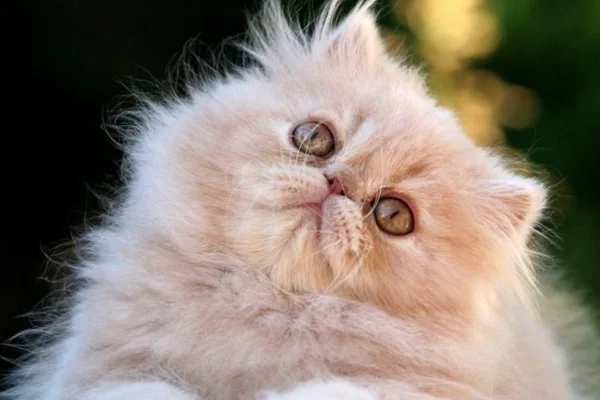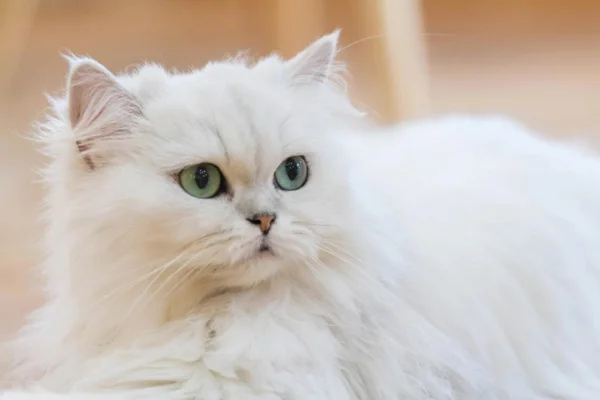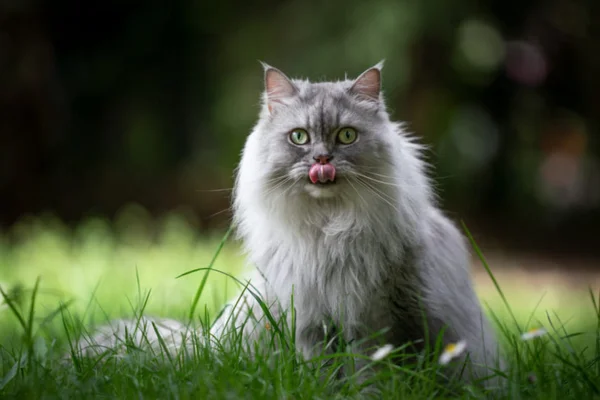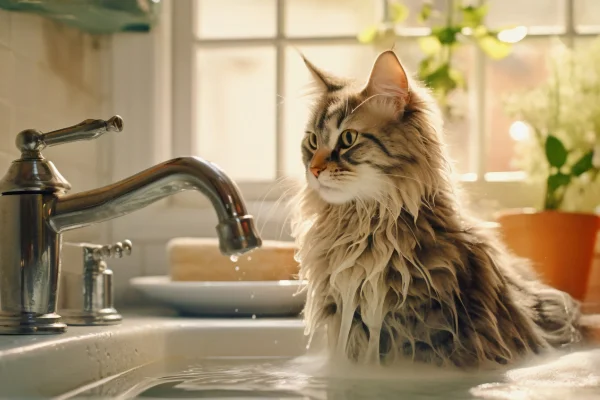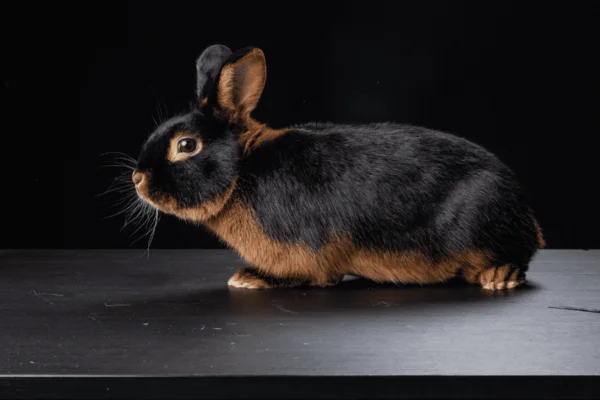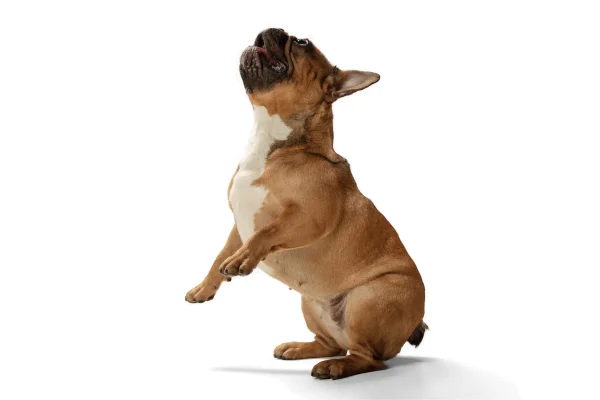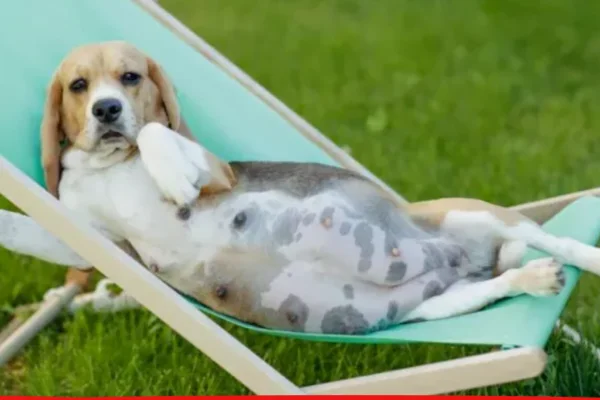Gato Persa: Características, Variações, Comportamento e Cuidados
Introduction
O gato persa é uma das raças felinas mais icônicas e adoradas em todo o mundo. Conhecidos por sua aparência majestosa, com uma pelagem longa e sedosa e um rosto achatado, esses gatos têm conquistado corações ao longo dos séculos. Originários da Pérsia, que corresponde ao atual Irã, os gatos persas têm uma história rica e fascinante, sendo muitas vezes considerados símbolos de luxo e sofisticação. A combinação de sua beleza inigualável e temperamento dócil os tornou uma escolha popular entre os amantes de gatos de todas as idades.
Além de sua aparência deslumbrante, os gatos persas são valorizados por sua personalidade tranquila e afetuosa. Eles são companheiros ideais para quem busca um gato calmo e sereno, que adora passar o tempo perto de seus tutores, mas sem ser excessivamente carente. A natureza pacífica dos persas os torna uma excelente opção para famílias com crianças ou outros animais de estimação, pois eles tendem a se adaptar bem a diferentes ambientes e estilos de vida.
No entanto, a manutenção de um gato persa exige dedicação e cuidados especiais devido à sua pelagem exuberante e algumas predisposições genéticas a problemas de saúde. É fundamental que os tutores estejam bem informados sobre as necessidades específicas dessa raça para garantir uma vida longa, saudável e feliz para seus gatos. Neste artigo, exploraremos em detalhes as características físicas, variações dentro da raça, comportamento, curiosidades e os cuidados essenciais para os gatos persas, oferecendo um guia completo para quem deseja conhecer mais sobre esses adoráveis felinos.
Contents
Physical characteristics
Os gatos persas são imediatamente reconhecíveis por sua aparência distinta e majestosa. Vamos detalhar suas principais características físicas:
Head and Face:
- Os persas possuem uma cabeça larga e arredondada, com um rosto achatado que lhes confere uma expressão única. Os olhos são grandes, redondos e podem variar em cores que vão do azul ao cobre, passando pelo verde e pelo âmbar. O nariz é curto e achatado, uma característica conhecida como “stop”, que cria uma transição abrupta entre o nariz e a testa.
Coat:
- A pelagem do gato persa é uma das suas características mais marcantes. Longa, densa e sedosa, a pelagem pode apresentar uma ampla variedade de cores e padrões, incluindo sólido, bicolor, tricolor, tabby e colourpoint. Esta pelagem requer cuidados regulares para evitar emaranhados e manter seu brilho.
Body:
- O corpo dos persas é robusto e compacto, com uma estrutura óssea forte e musculosa. As pernas são curtas e espessas, terminando em patas redondas e firmes. A cauda é curta, espessa e bem peluda, complementando a aparência harmoniosa do gato.
Size and weight:
- Os gatos persas geralmente têm um tamanho médio a grande, com peso variando entre 3 a 7 kg. Os machos tendem a ser maiores e mais pesados que as fêmeas.
História do Gato Persa
A história do gato persa remonta a séculos atrás, com suas primeiras aparições documentadas na antiga Pérsia, que corresponde ao atual Irã. Esses gatos exóticos foram descritos por viajantes europeus no século XVII, que ficaram encantados com sua aparência distinta e majestosa. Os persas eram altamente valorizados pela nobreza e aristocracia da época, que os consideravam símbolos de status e sofisticação. Através de cruzamentos seletivos, a raça foi desenvolvida para acentuar suas características únicas, como a pelagem longa e sedosa e o rosto achatado.
No século XIX, os gatos persas começaram a ganhar popularidade na Europa, especialmente na Inglaterra, onde se tornaram estrelas nas exposições felinas. A raça continuou a evoluir, com criadores se esforçando para refinar suas características e eliminar possíveis problemas de saúde. A aparência do gato persa moderno, com seu rosto extremamente achatado e nariz curto, é resultado de décadas de criação seletiva. Hoje, os gatos persas são uma das raças felinas mais populares e apreciadas no mundo, conhecidos por sua beleza incomparável e temperamento doce.
–
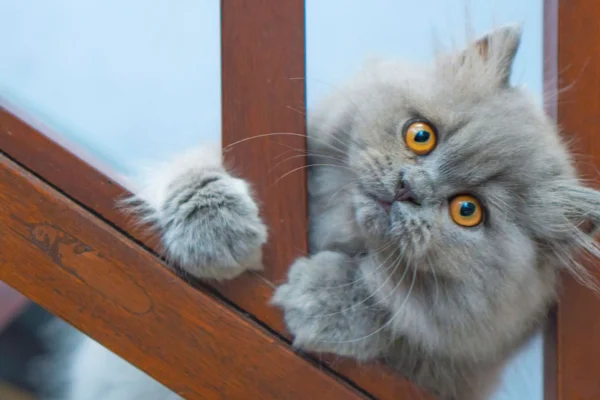
Persian cat
Variações do Gato Persa
Dentro da raça persa, existem diversas variações que diferenciam esses gatos em termos de aparência e algumas características comportamentais. As principais variações incluem:
Persa Tradicional:
- Também conhecido como “Doll Face”, o persa tradicional tem um rosto mais alongado e uma transição mais suave entre o nariz e a testa. Eles são conhecidos por serem menos propensos a problemas respiratórios e oculares.
Persa Moderno:
- Conhecido como “Ultra-type” ou “Peke-face”, este tipo possui um rosto extremamente achatado com um nariz quase inexistente. Essa característica é favorecida em exposições felinas, mas pode acarretar problemas de saúde, como dificuldades respiratórias e lacrimejamento excessivo.
Persa Himalaio:
- Esta variação é o resultado do cruzamento entre persas e siameses. Os himalaios têm a pelagem longa e luxuosa dos persas, combinada com as pontuações de cor dos siameses. Eles geralmente têm olhos azuis e são conhecidos por serem extremamente afetuosos e sociáveis.
Persa Exótico de Pelo Curto:
- Uma variante mais recente, o persa exótico de pelo curto possui todas as características do persa tradicional, mas com uma pelagem curta e densa. Esta variação é ideal para quem aprecia a aparência do persa, mas prefere um gato com menos necessidade de cuidados com a pelagem.
Comportamento
Os gatos persas são conhecidos por sua natureza calma e dócil. Eles são companheiros ideais para quem busca um gato tranquilo e afetuoso. Vamos explorar mais sobre seu comportamento:
Temperamento:
- Persas são gatos de temperamento tranquilo e equilibrado. Eles adoram a companhia dos humanos e tendem a ser muito apegados a seus tutores. Embora sejam afetuosos, não são excessivamente carentes e sabem aproveitar momentos de independência.
Sociability:
- Esses gatos são bastante sociáveis, convivendo bem com outros animais e crianças. Sua natureza pacífica os torna excelentes para lares movimentados, desde que possam ter um espaço tranquilo para se retirarem quando desejarem.
–
Persian cat
Vocalization:
- Diferente de algumas raças mais vocais, os persas têm um miado suave e melódico. Eles geralmente não são muito barulhentos, mas utilizam vocalizações para comunicar suas necessidades e sentimentos de maneira discreta.
Brincadeiras e Atividades:
- Embora não sejam tão ativos quanto algumas outras raças, os persas gostam de brincadeiras suaves e atividades interativas. Eles apreciam brinquedos que estimulem sua mente e podem passar horas brincando com varinhas, bolas e brinquedos com catnip. No entanto, seu nível de energia é moderado e eles também gostam de longos períodos de descanso e relaxamento.
Curiosidades sobre os Gatos Persas
Além de suas características físicas e comportamentais, os gatos persas possuem algumas curiosidades interessantes que vale a pena destacar:
Recorde de Longevidade:
- Embora a expectativa de vida média dos gatos persas seja de 12 a 15 anos, alguns indivíduos podem viver até 20 anos ou mais, especialmente com cuidados adequados e uma dieta saudável.
Doenças Comuns e Cuidados Especiais
Os gatos persas, devido à sua anatomia única, são propensos a algumas condições de saúde específicas. Conhecer essas doenças e os cuidados necessários é essencial para garantir a saúde e o bem-estar do seu persa.
Doenças Respiratórias:
- Os persas de rosto achatado (ultra-type) podem ter dificuldades respiratórias devido à estrutura nasal encurtada. Manter um ambiente limpo e evitar condições que possam causar estresse respiratório é crucial.
Problemas Oculares:
- Persas são suscetíveis a várias condições oculares, incluindo entrópio (quando a pálpebra se vira para dentro), lacrimejamento excessivo e úlceras de córnea. Limpar os olhos regularmente e monitorar qualquer sinal de irritação é fundamental.
Doenças Renais:
- A doença renal policística (PKD) é uma condição genética comum em persas. Testes genéticos e monitoramento regular dos rins são recomendados para detectar e gerenciar essa condição.
Higiene da Pelagem:
- Devido à pelagem longa e densa, os gatos persas são propensos a emaranhados e acúmulo de sujeira. Escovações diárias são essenciais para manter a pelagem em boas condições. Banhos regulares também podem ajudar a manter a pelagem limpa e saudável.
Dieta e Nutrição:
- Uma dieta equilibrada e de alta qualidade é crucial para a saúde dos persas. Alimentos ricos em proteínas e com ingredientes de qualidade ajudam a manter a pelagem brilhante e a saúde geral do gato. Consulte um veterinário para recomendações específicas de alimentação.
Cuidados Dentários:
- Persas podem ser propensos a problemas dentários, como gengivite e acúmulo de tártaro. Escovar os dentes regularmente e oferecer brinquedos mastigáveis podem ajudar a prevenir problemas orais.
Exercícios e Estímulos:
- Embora sejam gatos de natureza tranquila, os persas ainda precisam de estímulos mentais e físicos. Brincadeiras interativas e arranhadores ajudam a manter seu gato ativo e mentalmente estimulado.
Conclusion
O gato persa é uma raça fascinante, que combina beleza, elegância e uma personalidade encantadora. Embora exijam cuidados específicos devido à sua anatomia e pelagem, os persas recompensam seus tutores com lealdade, afeto e muitas alegrias. Com uma compreensão profunda das suas necessidades e características, é possível proporcionar uma vida longa e saudável para esses adoráveis felinos.
Seja você um tutor experiente ou alguém considerando adotar um gato persa, este artigo oferece um guia abrangente para garantir que seu companheiro felino receba os melhores cuidados possíveis. Ao entender e atender às necessidades específicas dos persas, você estará preparado para desfrutar de uma relação harmoniosa e gratificante com seu gato.
–
Thank you for visiting us and check out our other work
https://vettopbr.com/cachorros/
gato persa, royal canin persa, royal canin persian 7 5kg, gato persa preço, royal canin gato persa, gato persa filhote, royal canin gato persa 7 5 kg, gato persa comprar, filhote de gato persa, racao royal canin persa, royal canin persa filhote, gato persa filhote preço, gato persa adoção, filhote gato persa, gatil persa, gato persa para adoção, acasalar gatos persas, adoção de gato persa, adoção gato persa, angora com persa, angorá persa, animal persa, branco persa, chinchila persa, chocolate persa, compra de gato persa, comprar filhote de gato persa, comprar filhote gato persa, comprar gato himalaia, comprar gato himalaio, comprar gato persa branco, comprar gato persa cinza, comprar gato persa em sao paulo, comprar gato persa filhote, comprar gato persa porto alegre, comprar gatos persas baratos, comprar um gato persa, cor gato persa, custa um gato persa, da se gato persa, de gato persa, doll face persa, exotico de pelo curto gato, exotico pelo curto, exótico de pelo curto, familia gato persa sylvanian families, femea persa, filhote de gato angora cinza, filhote de gato angora preço, filhote de gato exótico, filhote de gato himalaia, filhote de gato persa a venda, filhote de gato persa amarelo, filhote de gato persa branco, filhote de gato persa cinza, filhote de gato persa com siames, filhote de gato persa com vira lata, filhote de gato persa comprar, filhote de gato persa exotico, filhote de gato persa fêmea, filhote de gato persa himalaia, filhote de gato persa mestiço, filhote de gato persa olx, filhote de gato persa para adoção, filhote de gato persa para comprar, filhote de gato persa para vender, filhote de gato persa preto, filhote de gato persa preço, filhote de gato persa recem nascido, filhote de gato persa tricolor, filhote de gato persa à venda, filhote de gatos persas, filhote de persa, filhote de persa a venda, filhote de persa branco, filhote de persa cinza, filhote de persa com siames, filhote de persa com vira lata, filhote de persa himalaio, filhote de persa preto, filhote de persa preço, filhote de persa recem nascido, filhote gato exotico, filhote gato exótico, filhote gato persa branco, filhote gato persa cinza, filhote gato persa olx, filhote gato persa porto alegre, filhote gato persa preto, filhote gato persa preço, filhote persa, filhote persa branco, filhote persa cinza, filhote persa exotico, filhote persa femea, filhote persa gato, filhote persa laranja, filhote persa preto, filhote persa preço, filhote persa tricolor

